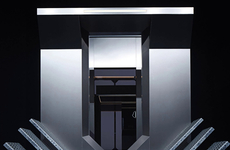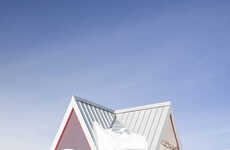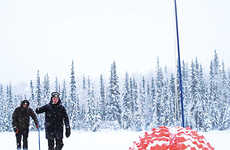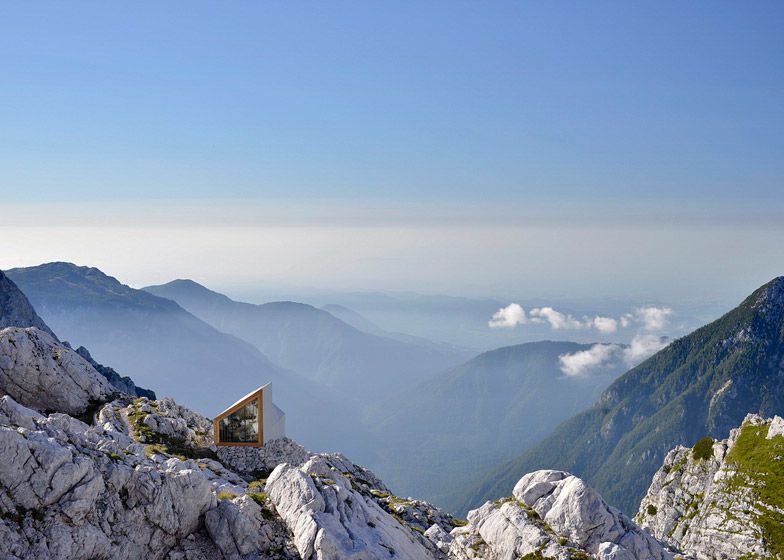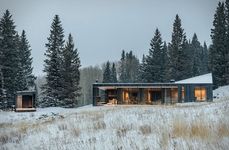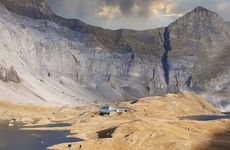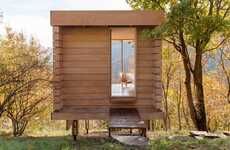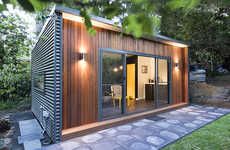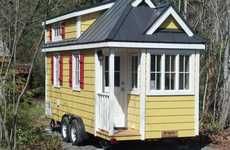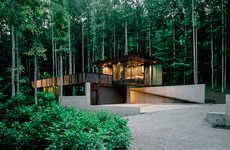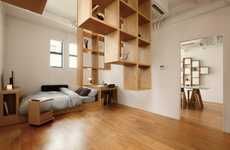
This Mountain Cabin Shelters Climbers from Harsh Wintery Conditions
Christopher Magsambol — September 9, 2015 — Art & Design
References: designboom & dezeen
Situated on a rocky terrain, this alpine shelter on the edge of Skuta Mountain can provide refuge for up to eight climbers.
The mountain cabin was designed by Harvard students and Slovenian studio OFIS as protection from the area's harsh and frigid temperatures. The extremely cold weather provided difficulties in the design process. However, the team eventually decided on a structure made from concrete. Installation was difficult and required off-site construction. Three separate pieces were airlifted to the area and assembled on site.
The team also wanted a structure that could provide amazing views of the surrounding mountains and landscape. All three sections of the cabin provide spectacular views as well as storage areas, living and dining areas and sleeping spaces.
Photo Credits: dezeen, designboom
The mountain cabin was designed by Harvard students and Slovenian studio OFIS as protection from the area's harsh and frigid temperatures. The extremely cold weather provided difficulties in the design process. However, the team eventually decided on a structure made from concrete. Installation was difficult and required off-site construction. Three separate pieces were airlifted to the area and assembled on site.
The team also wanted a structure that could provide amazing views of the surrounding mountains and landscape. All three sections of the cabin provide spectacular views as well as storage areas, living and dining areas and sleeping spaces.
Photo Credits: dezeen, designboom
Trend Themes
1. Extreme Weather Architecture - Designing structures to provide shelter in harsh weather conditions can be disruptive to the construction industry, especially in remote areas.
2. Airlifted Construction - Developing ways to assemble structures offsite and airlift them to remote locations can provide an innovative approach to construction projects.
3. Multi-functional Spaces - Creating spaces that can serve multiple purposes, such as storage, living, dining, and sleeping areas, can revolutionize how buildings are designed and utilized.
Industry Implications
1. Construction - The construction industry can benefit from innovative approaches to building structures in remote or extreme weather conditions.
2. Architecture - Architects can explore new concepts to maximize the functionality of buildings, including multi-functional spaces and unconventional construction methods.
3. Tourism - Tourism industries can provide unique experiences for travelers by implementing innovative building designs in remote or scenic locations.
3
Score
Popularity
Activity
Freshness



